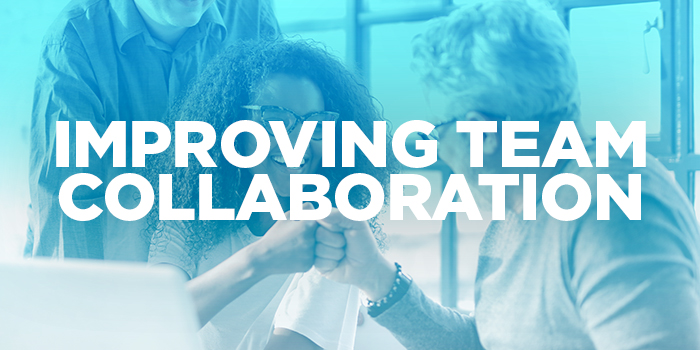Looking for an IT Job? Call: +1 443 379 4565
Looking for IT Staff or Staff Augmentation? Call: +1 443 379 4565

Looking for an IT Job? Call: +1 443 379 4565
Looking for IT Staff or Staff Augmentation? Call: +1 443 379 4565

The way we do business in the modern world is very different from what it used to be in the recent past. Artificial intelligence, cloud computing big data- these are all trends and factors that have incorporated themselves into the very thread of the way project management is conducted these days, particularly on IT related ventures. But if there is one factor that has greatly impacted almost all aspects of the business industry and has become something of a necessity in the competitive environment of today, it is communication and collaboration throughout the hierarchy.
One of the most striking features of most successful IT businesses and organizations is that they utilize multiple means and methods to open up opportunities for collaboration within their structure. This is especially true for organizations whose hierarchy comprises multiple teams working remotely from different regions and timezones, meaning the establishment of an open and easy to access communication channel between them is absolutely critical for the success of any given IT project. Communication between various teams and departments ensures reduces the chances of debilitating mistakes, improves the quality of the end product, and opens up the possibility of new and innovative ideas.
Any given IT project can greatly benefit from increased communication between the various links that establish the chain of the project. Here are some ways you can improve team collaboration in your project management setup:
The great thing about the contemporary world is that almost everything has become accessible to everyone. The evolution of modern technology means that there are tools available for almost everything and the same can be said for communication and collaboration. If you are looking to improve collaboration within your organization, a great place to start would be to explore the various options you have in regards to the tools and applications you can use for this purpose. Using modern mediums, it is possible for you to move your communications to a completely virtual network and operate efficiently in an online or software based workspace.
A great way to keep up motivation and encourage teams to interact with one another is to have them operate at the same time and keep up to date with each other’s progress. Such live collaboration keeps everyone on their feet and encourages them to communicate, brianstorm, and discuss ideas before executing them.
Move task management over to the virtual world of the cloud to make the process entirely transparent and visible to all team members. There are a plethora of task management applications such as Huddle, Trello, and SharePoint which can be used for delegation purposes as well as to share documents and files on a singular, cohesive platform which can be accessed by the relevant team members at any time and from anywhere.
Another approach to improve team collaboration is to integrate your central work network with branching applications and platforms such as Yammer and Office 365. This allows your employees to access and capitalize on the features of these individual applications and save or share them directly onto the collaborative platform that you have chosen for primary communication between the stakeholders.
At the end of the day, your team members and employees will respond most strongly to what they hear and experience firsthand in the workplace. As a leader, it is your responsibility to foster and maintain a culture of harmony, respect, and communion so as to encourage everyone to share their ideas, work collaboratively, and operate freely as part of the team. Initiate events and situations that require your employees to be social and extend their reach beyond their departments. Partake in friendly competition and healthy team building activities that show how each individual brings different skills and ideas to the table and how they can be used collaboratively to achieve a common goal.